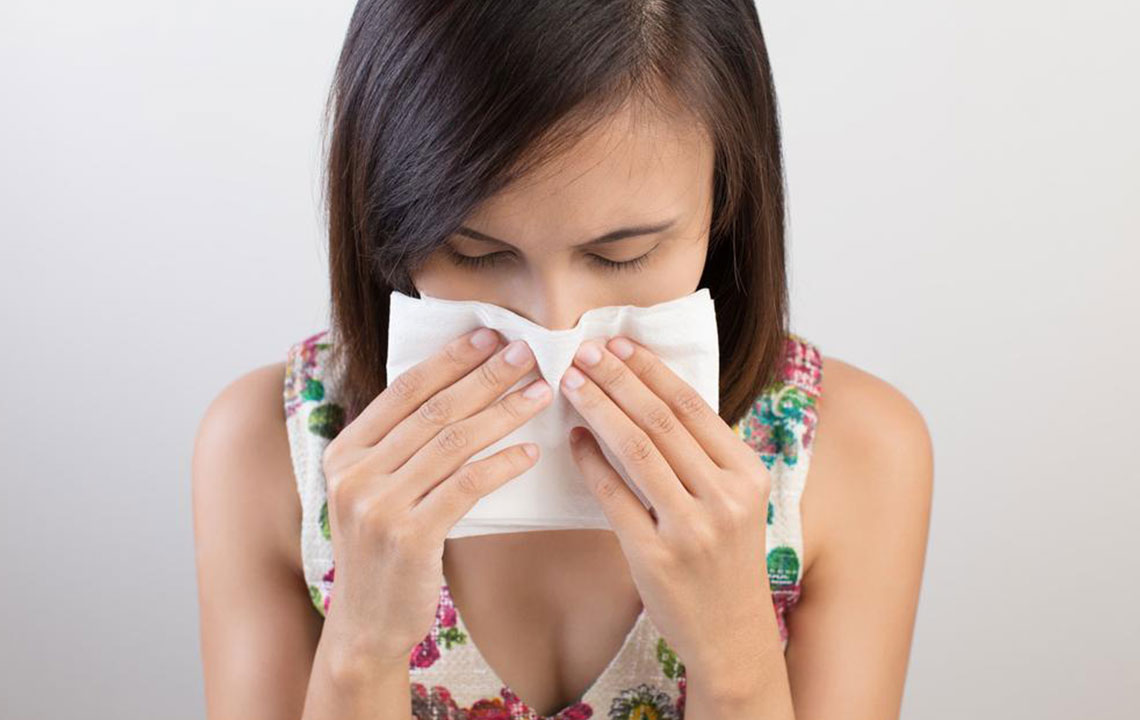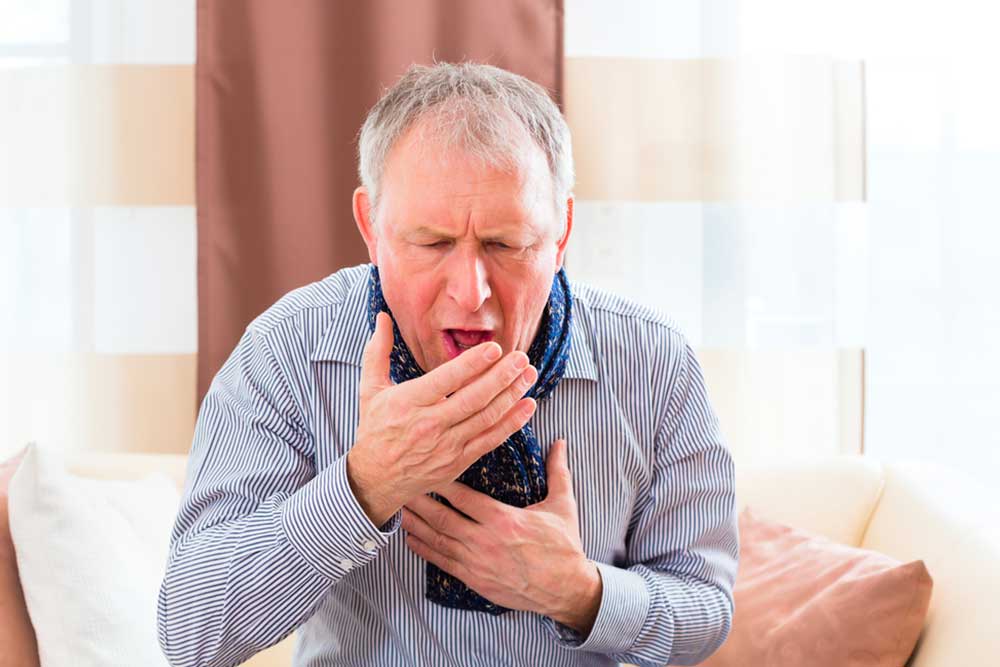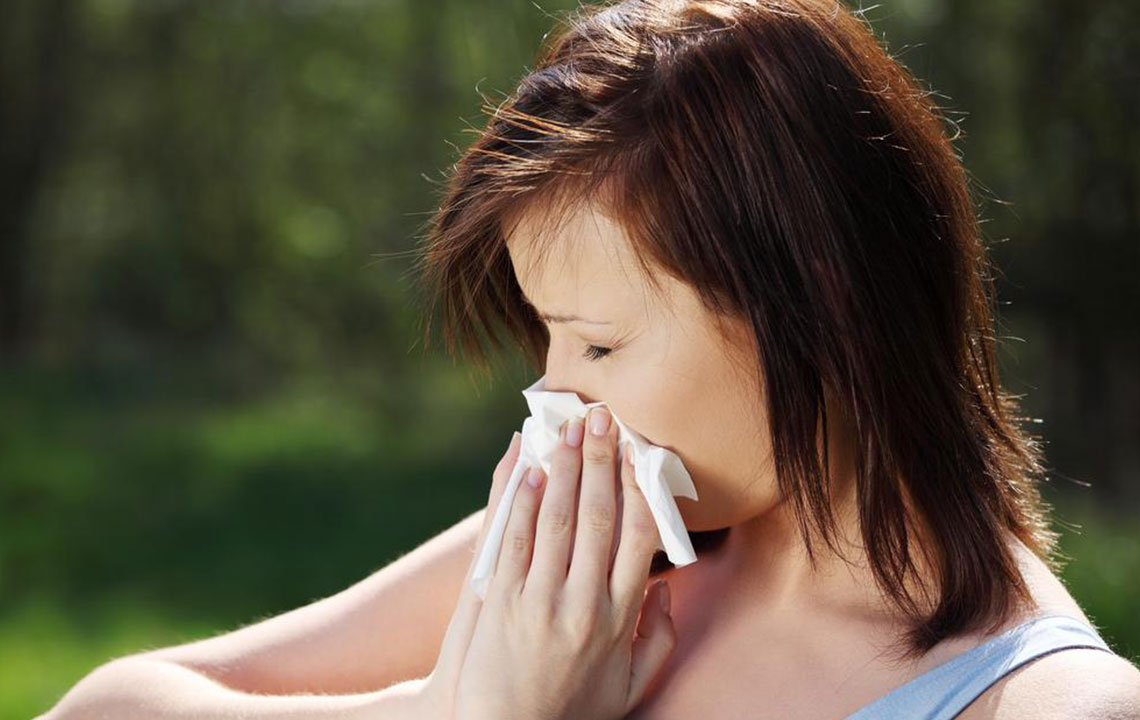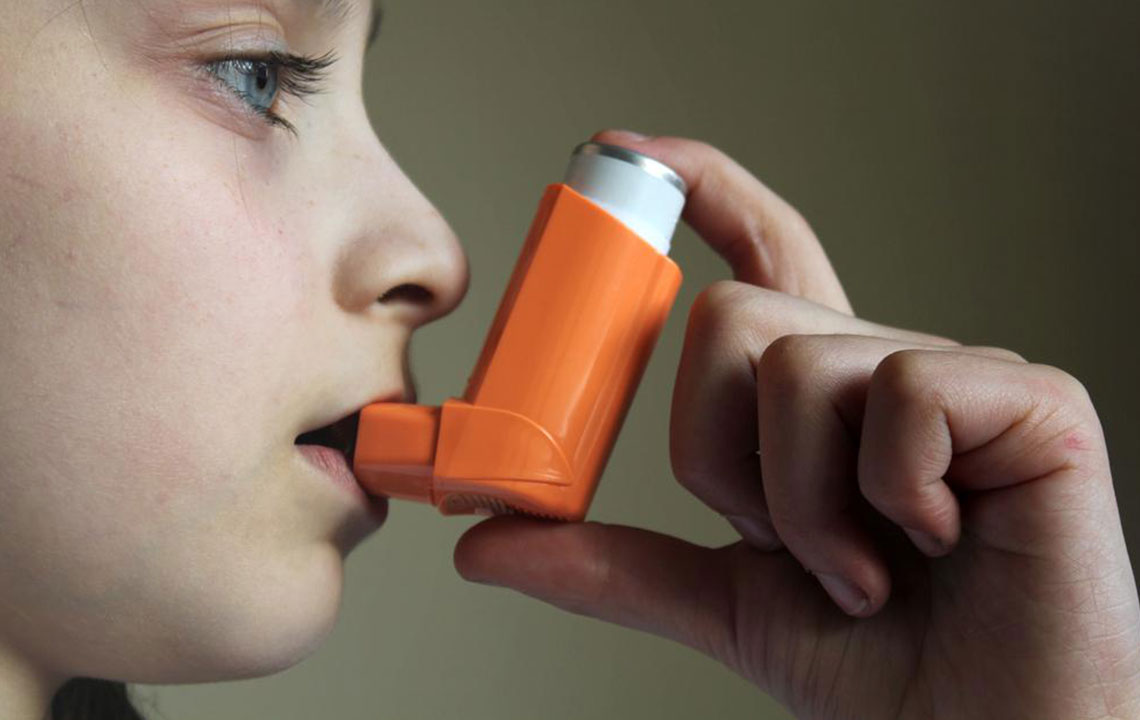Health Risks Associated with Exposure to Secondhand Smoke
Secondhand smoke poses significant health hazards, containing thousands of chemicals, many carcinogenic. It persists long after smoking, affecting non-smokers, especially children and vulnerable groups. Avoiding indoor smoking and ensuring proper ventilation are key to reducing exposure and health risks. Protect your health and that of loved ones by staying away from secondhand smoke.
Sponsored
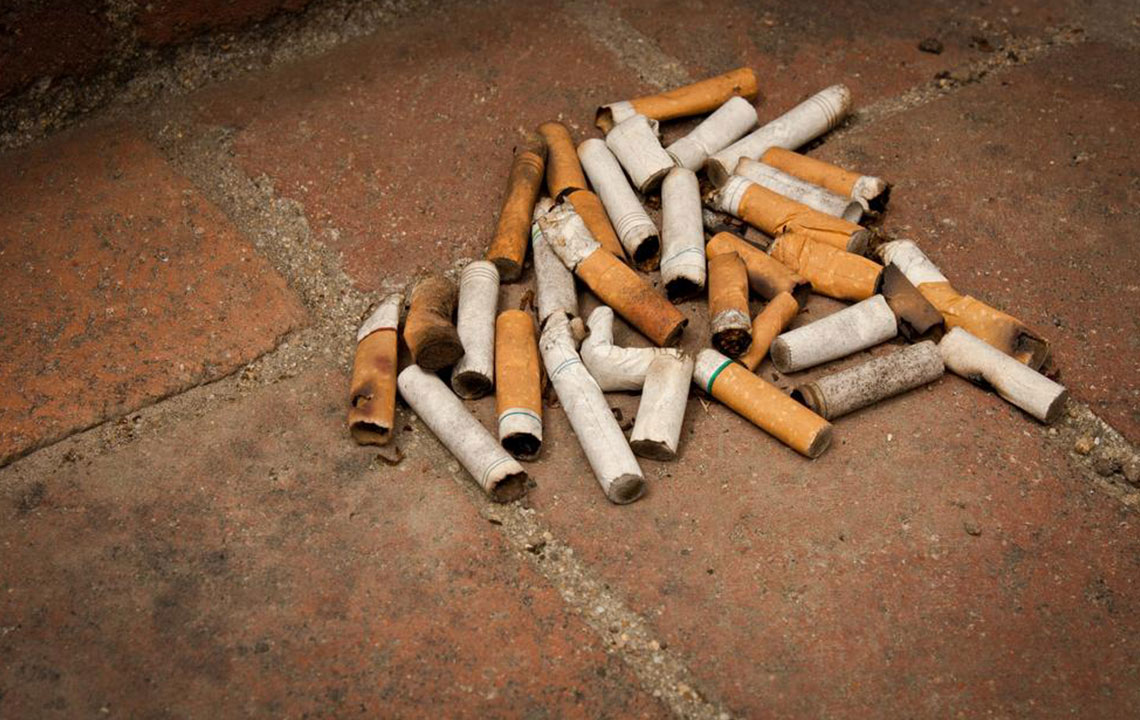
Health Risks of Secondhand Smoke Exposure
Passive exposure to cigarette smoke, known as secondhand smoke, can negatively impact health even without actively smoking. Many notice the lingering smell and attempt to avoid the smoke, but its harmful effects extend beyond scent. Secondhand smoke is released when someone exhales or smokes, containing around 4000 chemicals, with 50 linked to cancer. Interestingly, it contains higher levels of nicotine and tar compared to smoke inhaled by smokers.
The smoke lingers for hours, resisting removal through ventilation or opening windows. The safest approach is to prohibit indoor smoking. Toxic chemicals settle on surfaces, making passive exposure possible even without direct smoke present. Those frequenting smoky environments face increased health risks, including respiratory and cardiovascular issues.
Impact on Health
Exposure to secondhand smoke can lead to numerous health problems, especially in vulnerable populations like children, pregnant women, seniors, or individuals with existing respiratory or heart conditions. Children are at higher risk due to their faster breathing and developing immune systems. Common issues include bronchitis, asthma, and infections. Symptoms like eye and throat irritation, headaches, coughing, and nausea are common. Longer exposure increases risks of lung cancer, heart disease, reproductive issues, and even breast cancer before menopause. Essentially, avoiding secondhand smoke is crucial for maintaining good health.


